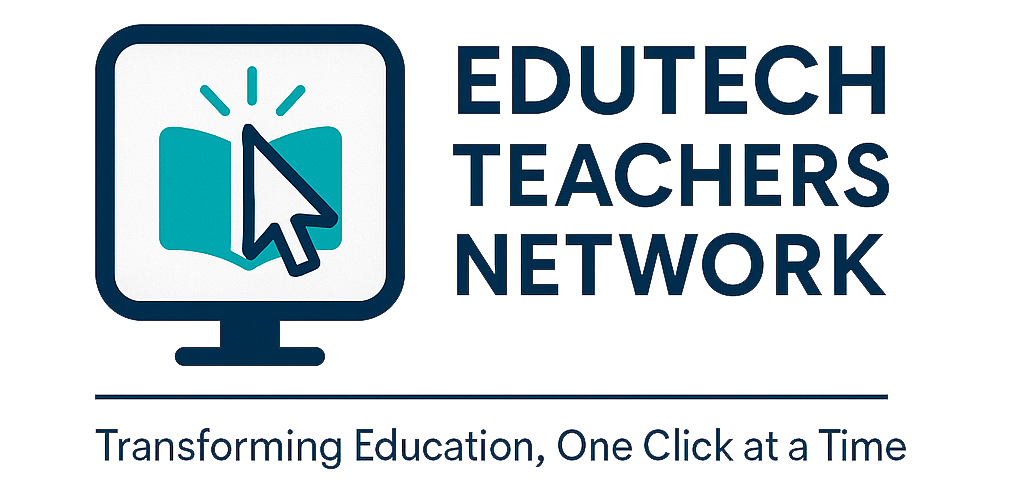In many classrooms, the word assessment can cause anxiety for both students and teachers. Traditionally, assessments have been seen as end-of-topic tests static, one way measures of learning. But in today’s digital age, assessments can be transformed into dynamic, interactive experiences that not only measure knowledge but also deepen understanding and keep students motivated.
Why Interactive Assessments Matter
An assessment is more than just a way to check what students know it’s an opportunity to reinforce learning. When done interactively, assessments can:
Encourage active participation rather than passive recall.
Provide instant feedback, helping learners correct mistakes in real time.
Cater to different learning styles, whether visual, auditory, or kinesthetic.
Make the process fun, reducing test anxiety.
Allow teachers to gather richer data on student understanding.
Practical Ideas for Interactive Assessments
- Turn Quizzes into Games
Gamifying assessments taps into the natural human love for play and competition. Platforms like:
Kahoot! – Students compete in real-time quizzes on their devices, with vibrant visuals and a live scoreboard.
Quizizz – Similar to Kahoot, but students can work at their own pace while still enjoying game elements and instant feedback.
Tip: Use fun images, videos, and music to enhance engagement and cater to multiple learning styles.
- Provide Instant Feedback with Google Forms
Google Forms can be set up with auto-grading and feedback for each question.
For correct answers, you can reinforce the concept with a short explanation.
For incorrect answers, you can provide hints or a link to study resources.
This makes the assessment itself part of the learning process, not just a score at the end.
- Build Deeper Thinking with H5P Branching Scenarios
H5P is a free tool that integrates with platforms like Moodle, WordPress, and even standalone websites.
Branching scenarios allow students to make choices that lead to different outcomes.
This format is perfect for critical thinking, problem-solving, and real-world simulations — for example, making decisions in a science experiment or navigating a historical event.
Benefits of Interactive Assessments
Higher Engagement: Students are more likely to participate actively when assessments are fun and immersive.
Immediate Learning: Instant feedback helps students understand mistakes before they become habits.
Personalized Pace: Tools like Quizizz allow learners to move at their own speed, reducing stress.
Better Data for Teachers: Digital platforms collect detailed analytics on question difficulty, student performance, and learning gaps.
Blended Learning Friendly: Works equally well in the classroom and during remote learning.
Example in Action
Imagine a history lesson on World War II.
You start with a Kahoot quiz to review key dates and events.
Then, students complete a Google Form where wrong answers lead them to short reading passages before trying again.
Finally, they explore an H5P branching activity where they role play as a wartime leader, making decisions that influence the course of events.
By the end, students have revised content, engaged in critical thinking, and received personalized feedback — all in one seamless experience.
Interactive assessments are not just about making tests “fun.” They are about making assessments more meaningful. By leveraging tools like Kahoot, Quizizz, Google Forms, and H5P, educators can transform evaluation into an active part of the learning journey.



Leave a Reply